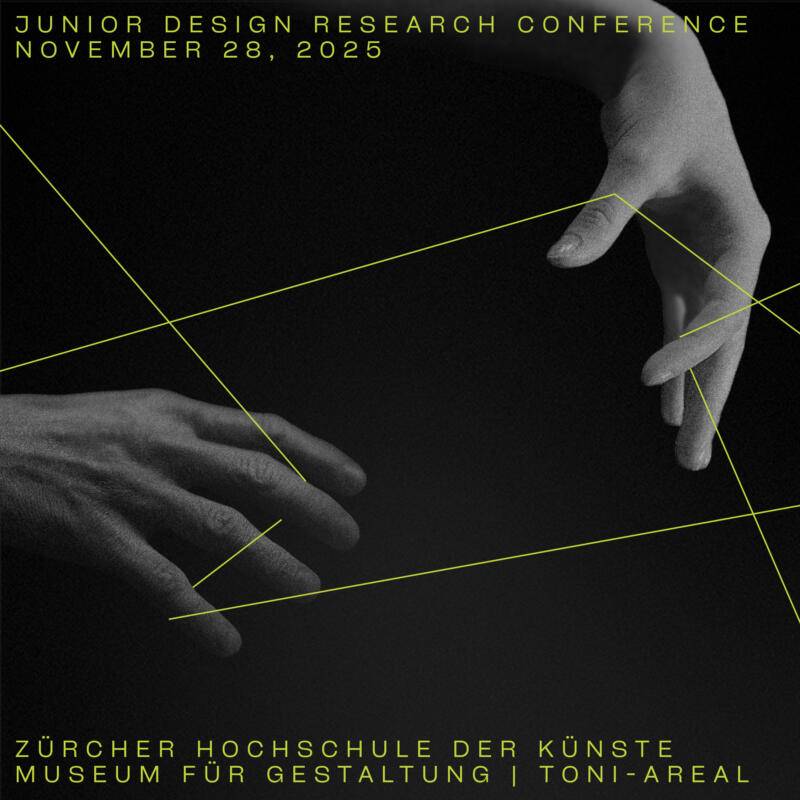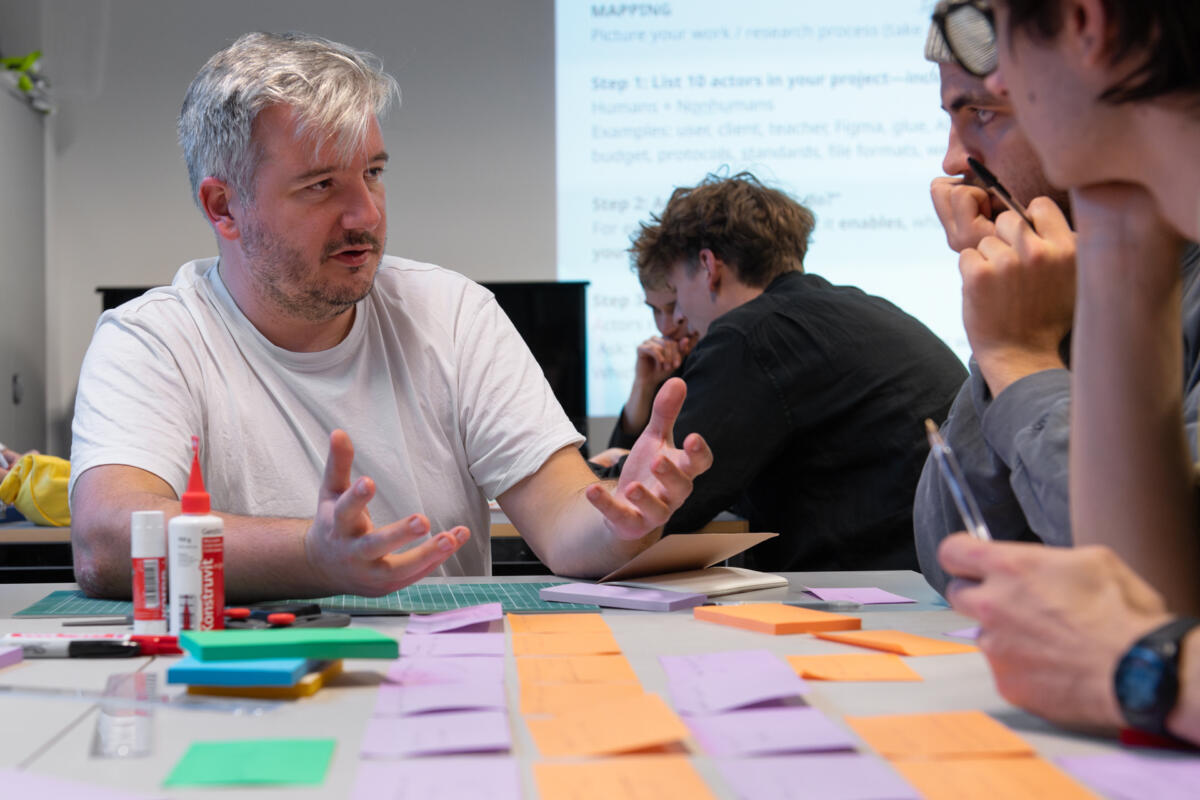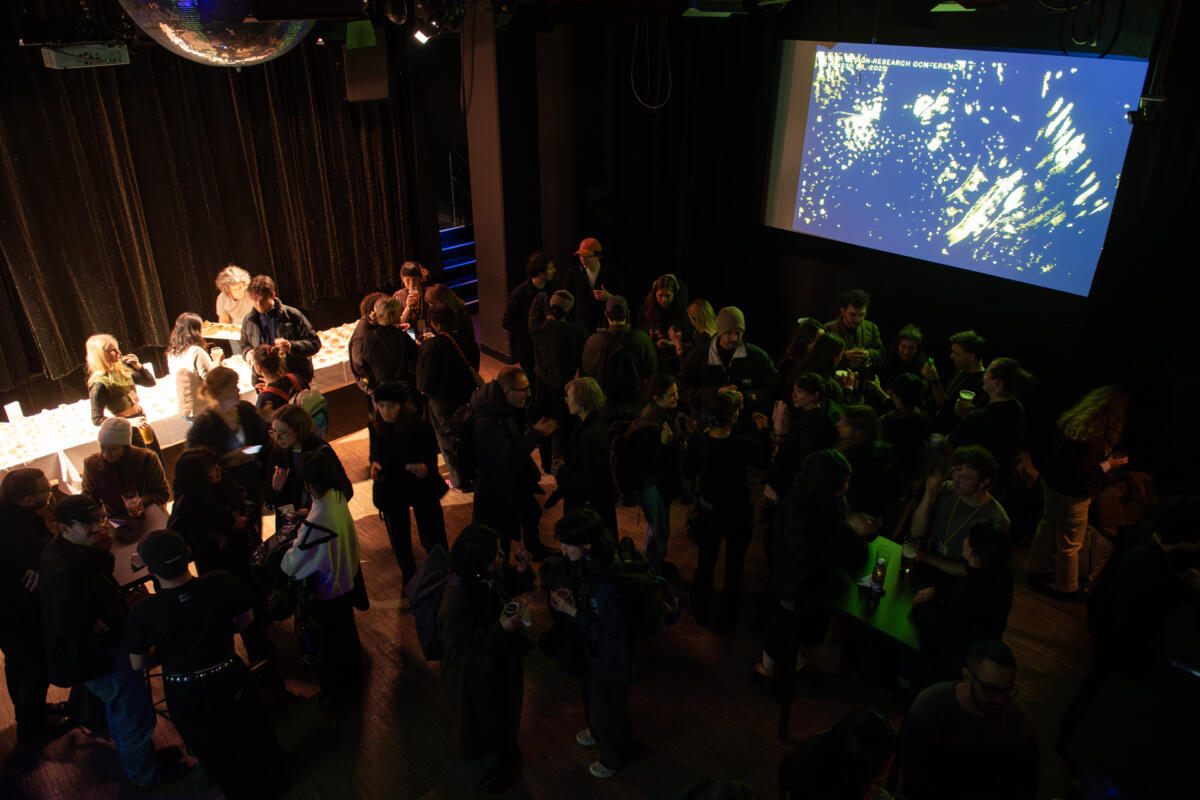The Junior Design Research Conference (JDRC) is an annual event that brings together MA students who follow a Master of Arts in Design program at a Swiss University of Applied Sciences. The Zurich University of the Arts, ZHdK, is happy to welcome you for the 15th edition of the JDRC. The Junior Design Research Conference started over ten years ago as part of the Swiss Design Network Symposia. The conference's organisation has been rotating yearly among the participating universities ever since:
Fachhochschule Nordwestschweiz (FHNW, Basel)
Hochschule der Künste Bern (HKB, Bern)
École cantonale d'art de Lausanne (ECAL, Lausanne)
Scuola universitaria professionale della Svizzera italiana (SUPSI, Mendrisio)
Haute école d'art et de design (HEAD, Geneva)
Hochschule Luzern (HSLU DFK, Lucerne)
Zürcher Hochschule der Künste (ZHdK, Zürich)
The conference provides compelling insights into current and relevant research topics and methodological approaches at the master’s level. It also offers an exceptional opportunity for informal exchange and networking between students based on their interests and practices.The conference aims to raise an awareness of different design disciplines, topics, approaches, and methods at different stages in the development of a Master's thesis. The morning is dedicated to students’ short presentations of their research topics, shedding light on the knowledge gap their projects are dealing with, their research methodology, and the connections between practice and theory. The workshops, carried out by the students for their peers in the afternoon, will allow them to dive deeper into those topics. Finally, a social get-together will round up the event in the evening.
The JDRC design concept is connected to Donna Haraway’s notion of string figures—a “companion practice” that foregrounds collaboration, attentiveness, and responsibility. Like the act of weaving threads together, design here becomes a way of creating connections across people, disciplines, and perspectives. This approach reflects the ethos of the JDRC: design as a collective, process-oriented practice that values exchange, movement, and mutual learning over fixed outcomes.
Design: Eva Jäger, MA Visual Communication










